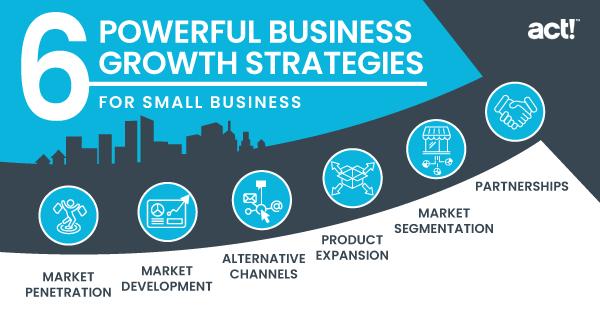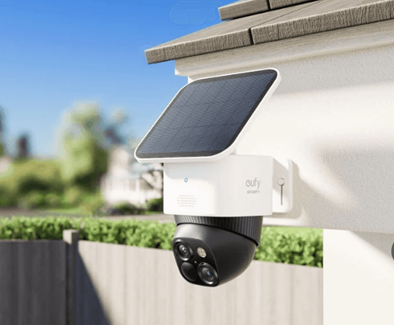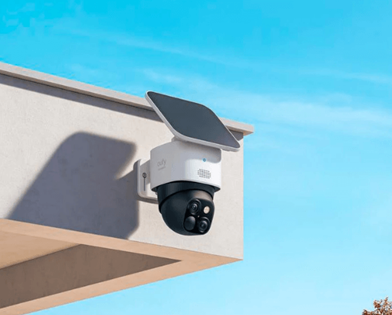(Image Credit:Eightshot Studio/stock.adobe.com)
“Digital Platforms represent a fundamental shift in how businesses relate to each other from linear to more networked business models.” ‐ Professor David Rogers, Columbia University
Our industry started over 30 years ago, establishing the Custom Electronic Design and Installation Association (CEDIA) as a cornerstone industry association, in large measure to establish residential custom electronic systems as a legitimate channel of distribution for audio, video and other related suppliers. Along the way, we added CEDIA Education to establish our credibility, followed a few years later by establishing certifications. Moreover, we have also utilized CEDIA Governmental Affairs as our own watchdog group for preserving the market in which we are actively developing.
While making sure we were establishing credibility to clients, other industries, and governmental authorities regarding our capabilities, what has been of perhaps greatest benefit to ourselves, and our businesses has been too‐often overlooked. By focusing upon making sure we are designing and installing the best integration systems, we haven’t always been thinking in terms of what’s best for our company brands, profitability and maximizing our company’s value. And, since many principals have owned their companies now for 20 or 30 years, maximizing value is ultimately important for maximizing what the principals can obtain when executing an exit plan.
Bottom line, the time has come for us all to focus and commit to maximizing the value and profitability of our own businesses and do this as well as we have been doing in designing and integrating systems for our clients and suppliers. In fact, the author has been especially focused the past three years upon discovering how best to do just that for integration companies. During this journey, new key information and perspectives have come to light for running businesses that should be trumpeted to all in our industry, regardless of what system(s) you are currently employing or advocating.
Let’s start with the example we’ve all experienced during the past two years or so. In April 2020, we saw business fall off a cliff. Many correctly predicted we’d see a V‐shaped recovery. Then, within about three months, business activity came back like a storm and fortunately for many it has not let up. With that, however, has also come new logistical challenges in managing price increases and product delays between internal team members, suppliers, and clients. So, many began asking, there must be a better way of managing all of this.
While this thought is not always front‐of‐mind, we are very fortunate that all the recent mandated restrictions and remote working conditions didn’t occur 10 years ago. Back then, we would not have had the Internet bandwidth we have today to handle it. What a difference 10 years can make for providing options. So, let’s make sure we consider using solutions made available during the past 10 years.

All we need to do is notice the example provided to us by two of the fastest growing and valuable brands in the transportation and lodging industries, Uber, and Airbnb; and notice that, they don’t own any vehicles or hotels. Something has shifted in the past 10 years or so.
Finding Your Own ‘Digital Platform’
As we move into 2022 two concepts deserve our attention. One is “platform,” and the other is “reduce process friction,” Whether you’re a manufacturer, industry organization or integration company these are key steps for moving forward. Just as we are fortunate in having the Internet bandwidth we do today, so too, we have in‐the‐cloud computer servers and storage (such as, AWS) that did not exist at the level we have now, ten or more years ago.
The legacy choices available – say,15 to 20 years ago – is that we purchased one program to do one thing, and another program to do something else. As a result, many of us ended up with multiple sets of disconnected data and software for every individual customer and project. One key definition and benefit of a platform is having multiple points of connection for and by many users simultaneously, with less friction and data loss in the process, yielding faster and more profitable scaling of the business and business valuation. The trick is to not restrict ourselves to using what we used to, because that’s all we had, then.
About a year ago, One Earth (formerly BoB Earth), an international business education and business connections platform based in London, provided a class through the online CEDIA Leadership Series. Distinction was made for the word “brand” in that it should not be confused with “branding.”
As defined by the founder Linzi Boyd, brand is the end‐to‐end of the whole of the business model (or revenue system). This idea is becoming so predominant in business circles that many are seeing increasing crossover roles between CMO, CFO and CIO because they are so interwoven.
According to One Earth, from 1996 to 2006 we were in a predigital, offline world. We lived in a business world of bottom up, pushing sales through campaigns, fewer channels and targeting customers. From 2006 to 2016, we moved to an online world with various levels of adoption by individual businesses. Some dabbled with it as an “and, also” option, while others like Uber and Airbnb jumped in with all they had. What began to happen is that the customer would find these new digital touchpoints and be pulled into using and purchasing via the platform.
Using Networked Digital Platforms to Succeed
As we look beyond 2016, we’re blending on and offline, engaging in social media, and as elaborated in the quote at the beginning of this article, our digital transformation is being realized with networked Digital Platforms. Important to note, coincidentally, is that the Columbia University text referenced above, was published in 2016.
What is characteristically important about a digital platform is that it accommodates multiple touchpoints and users. In our industry, customers, manufacturers, builders, and our company personnel need to be engaged with our network, simultaneously and instantly. As illustrated with our Uber and Airbnb examples, their network is their brand and their fundamental asset. Making sure that everyone important to your brand is invested in growing your business model, is achieved by making sure they can connect to a networked platform.
Talking this week with a long‐time friend and industry veteran Mike Pecar of Mike Pecar Sales in Michigan (a member of the CE Pro Masters in 2020), he noted a platform concept being used by one of the key manufacturers he represents, Anthem. He related that about five years ago Anthem created a single platform from which they derive five distinctly different models. The result is that they can more quickly adapt to newer audio and video standards while improving overall performance and year over year sales.
Speaking of industry organizations, it’s interesting to note the recent press release from Azione Unlimited as of October 20, 2021, entitled: “Nationwide, Azione Merge to Form Industry‐Leading Whole Home Platform for Custom Integrators.” As stated in the release: “As the home and everything in it becomes smarter, success for the home technology professional is predicated on their ability to address all of their clients’ needs, no matter the room in the home.”
As a member of the CEDIA Governmental Affairs Working Group, I am aware of the efforts in which CEDIA is acting proactively for anticipating changes coming with the release of the new 2023 edition of the National Electrical Code. According to industry veteran member Michael Cogbill, “this is likely going to represent the most significant code changes in recent history… including, provisions for high‐voltage over networks.”
Moving forward, all of us networking with CEDIA regarding this new code will be vital for the continued success of our industry.
Finding the best platform(s) for maintaining your ability to communicate, build and deliver is key. Realizing that your customer is also your brand champion and best source of trend insights is integral to this. To the extent we can simultaneously have people in the market know who we are and know that we are listening to them, will help us make 2022 our best year ever!
I will conclude this article with another quote from the same source from which we began, above:
“… while delivering value outward to customers and communicating to them, the firm also needs to engage with its customer network. It needs to listen in, observe the customers’ networked interactions, and understand their perceptions, responses, and unmet needs. It needs to identify and nurture those customers who may become brand champions, evangelists, marketing partners, or co-creators of value with the firm. One of the main points in the model of customer networks is that a “customer” can be any key constituency that the organization serves and relies on.” ‐Professor David Rogers, Columbia University.
For 2022, increasing the value of our brand by evaluating new multiple access network platforms and reducing process friction for scaling faster, more profitable growth should be the critically important priority for all of us in this industry.
Andrew Ard is Chief Marketing Officer at Maxaware LLC and a U.S. Marketing Partner for OneEarth.global.









